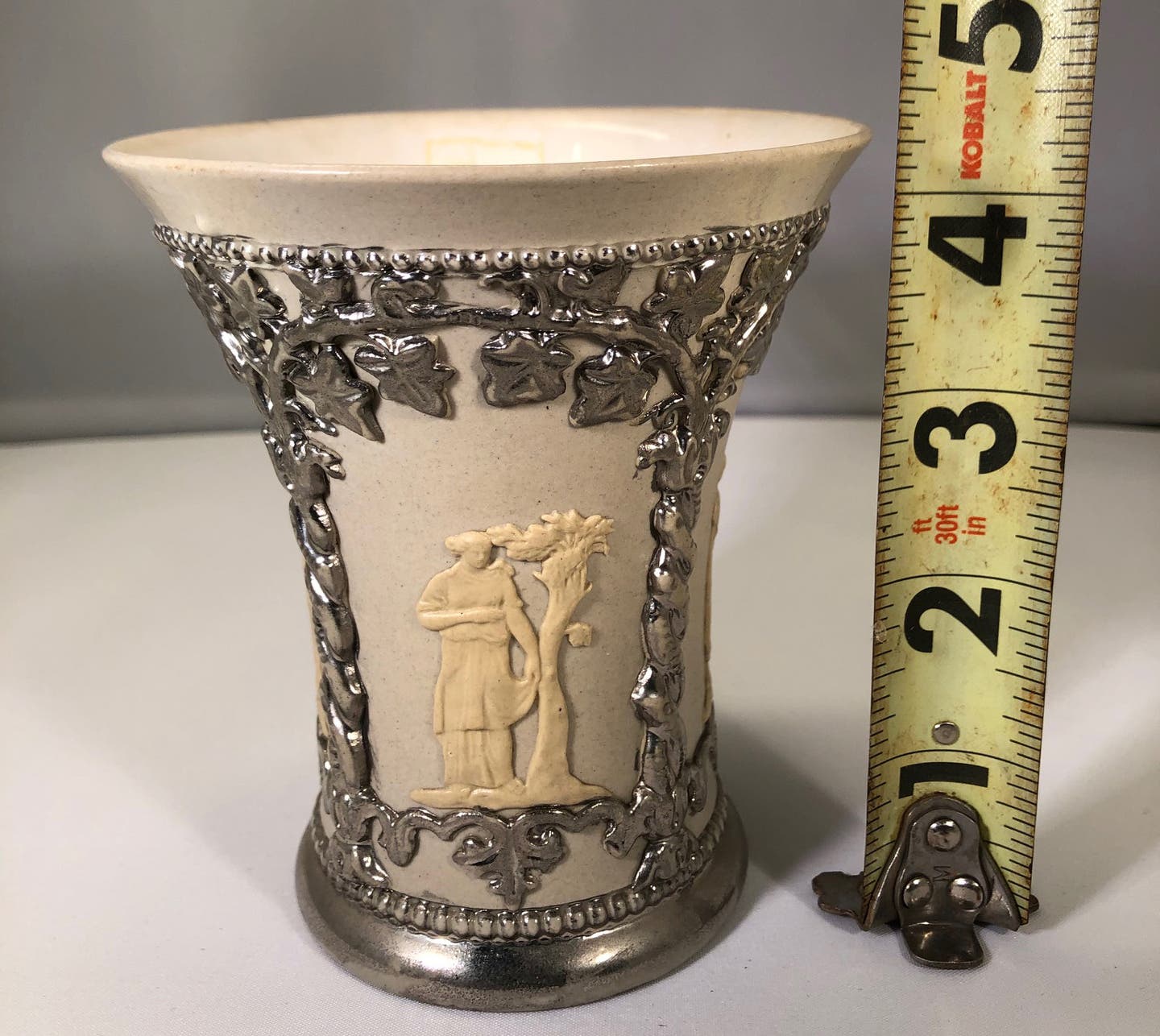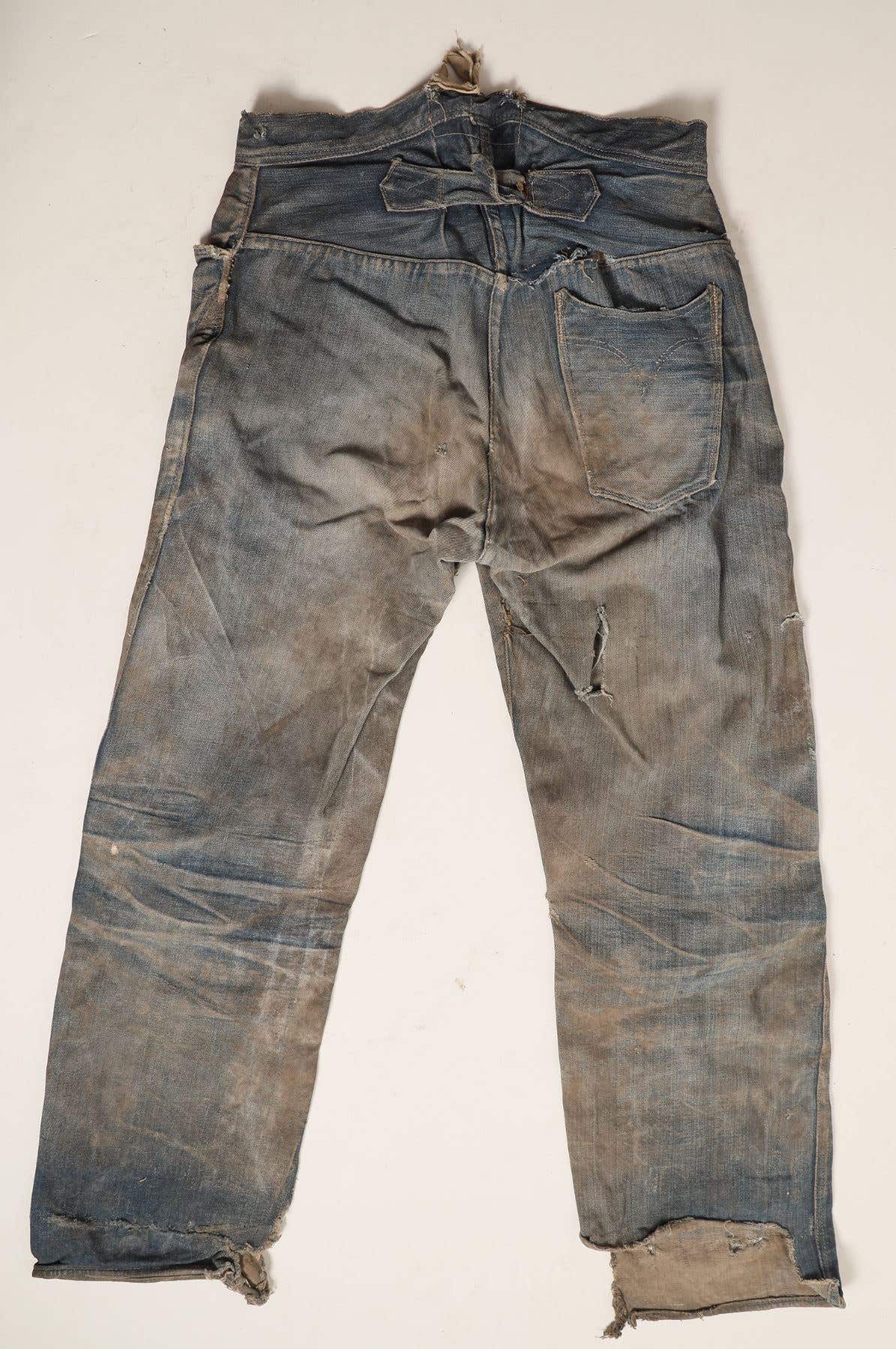Wood Furniture Care: Add oil only if it squeaks
The internet is awash in uninformed or misinformed furniture experts who offer their experience in wood furniture care. Here’s what you really need to know.
The folks who put this publication together have broken the mold of the old, comfortable notion of what an antiques publication should look like, no doubt startling some and pleasantly surprising a great many more. Taking direction from this new approach, perhaps we can now put to rest another comfortable old notion of proper wood furniture care – the role of oil in the care and feeding of antiques.
In the late 1980s the Journal of the American Institute for Conservation published an article about the contents of historical furniture finishes. It identified five main components of various historical finishes – tree resins, insect resins, oils, gums and waxes.
Tree resins, such as from pine trees, are often used to make varnish. Insect resins, such as that from the lac beetle, are used to make shellac. Boiled linseed oil and oil from the tung tree are common oil finishes.
Gum is another product from trees and is used as a binder. Waxes are primarily beeswax and the much harder carnauba wax.
But somehow, in the commercialization of the American viewpoint of furniture finishing and care and maintenance, the only part of this menagerie of finishes that seems to have been retained is the “oil” part – and not as a finish component but as a maintenance vehicle.
Virtually every modern commercially advertised household furniture care product proudly touts among its contents such ingredients as “lemon oil” or more recently “orange oil.” While lemon oil and orange oil do in fact exist, what, if anything, do they have to do with the maintenance of furniture finishes?
What about other kinds of oil?
Proper furniture care made simple
Wood furniture care for most of us involves the cleaning and polishing, in some way or another, of the applied surface on the wood of the furniture. Very few of us deal with raw wood products. Most modern finishes, and by this I mean since the mid 18th century, are some sort of barrier coat applied over the wood to protect it from moisture and abrasion and secondarily to enhance the beauty of the wood.
In more recent times, since the middle of the 19th century, virtually all finishes are shellac, varnish, lacquer, urethane or a chemical variant thereof such as “poly” urethane, conversion varnish or catalyzed lacquer. These finishes range from moderately water resistant (shellac) to virtually indestructible (water borne polyurethane). Their job is to keep things OUT of the wood, not to allow them to penetrate.
Think of modern furniture finishes as you would think about the finish on your car. It does a great job of keeping water from bare metal and how do you maintain it? If the car is lucky it gets washed regularly. If it is pampered it even gets waxed occasionally. But does it ever get oiled?
Citrus oils as cleaners
The processing of citrus peels, usually by low heat rendering, does in fact yield a concentrate of lemon or orange “oil” that has a low pH. This acidic property makes the resulting oil a useful degreaser and cleaner. It is especially effective in heavy duty hand cleaners where it will help dissolve grease, grime and even paint residue while giving off a pleasant, non-petroleum aroma. It is also found in commercial cleaning products. But what does that have to do with furniture other than perhaps as a surface cleaner?
Furniture care misinformation
The “mystique,” or more correctly the misinformation, about citrus oil, has translated into a major advertising opportunity and exposes the marketers’ lack of knowledge about furniture finishes. Or at the very least their presumption that you know even less than they do. One famous lemon oil product, which also contains carnauba wax, says in its ad that it “treats the wood and enriches the beauty of the grain.”
How can it “treat” the wood if it never touches the wood through the finish? The same manufacturer has a “cabinet and panel treatment” which it claims has “higher absorption by the wood resulting in higher preservation.” Yet there is nothing in the product that will penetrate the modern lacquer, shellac or urethane finish found on most cabinetwork. So how can it lead to “higher absorption by the wood” if it never reaches the wood?
Another heavily advertised product that contains beeswax and lemon oil in a mineral oil base claims that it is a “true wood feeder.” During application it is claimed that the product feeds the wood while replacing lost natural moisture. I just checked on a couple of my old pieces and, just as I thought, the wood in them appears to have been dead for quite some time and does not require feeding as far as I can tell. As to replacing the lost natural moisture, that is called curing and is a great help in stabilizing the wood.
Do-it-yourself cleaners can harm wood
But commercial preparations are not the only products to live by fable alone. There are a plethora of home recipes and concoctions, based on grandma’s old country experience, that are even worse than the commercial soups. That great disseminator of information, the internet, is awash in well-intentioned but uninformed or misinformed furniture experts who offer their experience in furniture care.
One online “traditional” recipe for furniture polish calls for 1/4 cup of linseed or vegetable oil and a few drops of vinegar! Another prefers the opposite, 1/4 cup of vinegar and a few drops of oil saying the vinegar pulls the dirt out of the wood while the oil lubricates the wood so that it doesn’t dry out. Why not just use mayonnaise? Or peanut butter? In warm weather all of them will get rancid and they all have about the same relevance to a lacquer or shellac finish.
The problem with applying oil to wood finishes
The problem with oil – any kind of oil – applied to a finished surface, is what happens next. There are basically two kinds of oil: drying and non-drying. The non-drying is the least harmful initially since it doesn’t undergo a chemical reaction. The most common non-drying oils are lemon oil, orange oil and mineral oil. These oils have a very slow evaporation rate and remain on the surface in a microscopically thin semi liquid state for days, even weeks after application. As a result they produce a surface that smears easily and also accumulates every particle of dust, pollen and pollution that passes its way. The build up eventually must be removed.
Drying oils such as tung oil or linseed oil are especially harmful since they actually undergo a chemical change as they dry and attempt to bond chemically with the surface. As they become hard through oxidation they become difficult to remove and over time the accumulation of layers of dried oil forms a shell over the old finish, eventually turning dark obscuring the original surface.
How to properly care for wood furniture
So how did the fascination with oil as a furniture care product gain such traction? We seem to have some romantic notion about old time finishers applying coat after coat of oil, rubbing it into the wood to produce that 200-year-old look. Some oil was used as a finish when no other finish was available but it was seldom the finish of choice in most cases.
As for the 200-year-old look – that comes in about 200 years of wear and care. But the overriding cause of the rise in the use of oil in furniture care is what was referred to in olden times as “sloth.” Today we just call it “laziness.” It is much easier to just smear some oily cream on the furniture and wipe it off than it is to really take care of the surface.
Really taking care of the surface starts with cleaning with a safe cleaner. Safe furniture cleaners include mineral spirits, naphtha, a spirit based soap such as Vulpex or even a degreaser like orange oil. After cleaning the surface it should be waxed with a good paste wax like BriWax, Fiddes, Howard’s or any one of the multitude of smaller label specialty paste furniture waxes. It is a little more work but you only have to do it once a year or so.
The rest of the time just dry dust, keep the pets off the furniture, reach a compromise with the kids and leave the oil in the lawnmower.
AntiqueTrader.com is a participant in the Amazon Services LLC Associates Program, an affiliate advertising program designed to provide a means for sites to earn advertising fees by advertising and linking to Amazon.com and affiliated websites.
With more than 30 in the antique furniture business, Fred Taylor is a household name when it comes to the practical methods of identifying older and antique furniture: construction techniques; construction materials; and style.








